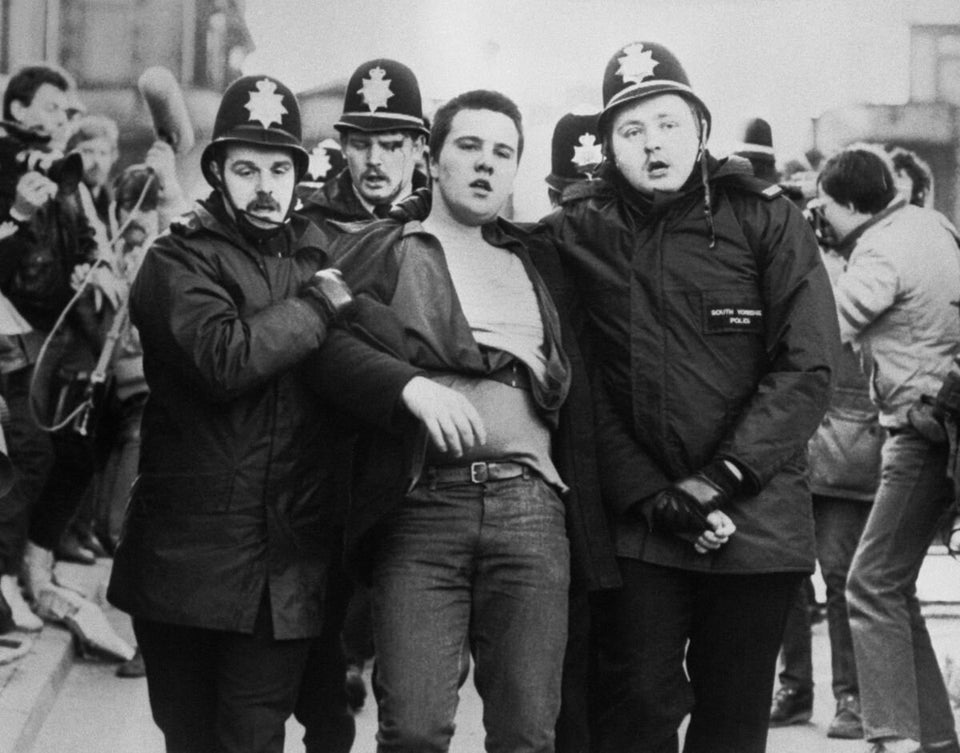A miners' strike that started in Yorkshire in early March 1984 and within days saw half the country's mineworkers walk out in protest at pit closures, ended thirty years ago on March 3 with National Union of Mineworkers deciding by 98 votes to 91 to put an end the dispute.
The year-long strike which rapidly escalated, with 8,000 police officers drafted into Nottinghamshire, the county which became one of the fiercest battlegrounds as some miners continued to work, arguing there should have been a ballot. Most of the UK's 190,000 miners were soon embroiled in a daily routine of picketing outside collieries, most of which had ground to a halt.
During the strike, around 20,000 people were injured or admitted to hospital, including NUM leader Arthur Scargill, while around 200 served time in prison or custody.
The strike began after an announcement by National Coal Board chairman Ian MacGregor that four million tonnes of capacity was to be taken out of the industry, leading to a loss of 20,000 jobs. The closure of Cortonwood Colliery in South Yorkshire, which the NUM complained was made without reference to established procedures, was the spark that led to the historic showdown.
The miners returned to work after a year of confrontation to an industry that would never be the same again.
A total of 24 pits closed in 1985, 16 the following year and a further 35 before 1990. Just three underground collieries remain, but two of these - Kellingley in Yorkshire and Thoresby in Nottinghamshire - could close by the end of the year without state aid, and the third, Hatfield in Doncaster, could follow suit by mid 2016.

